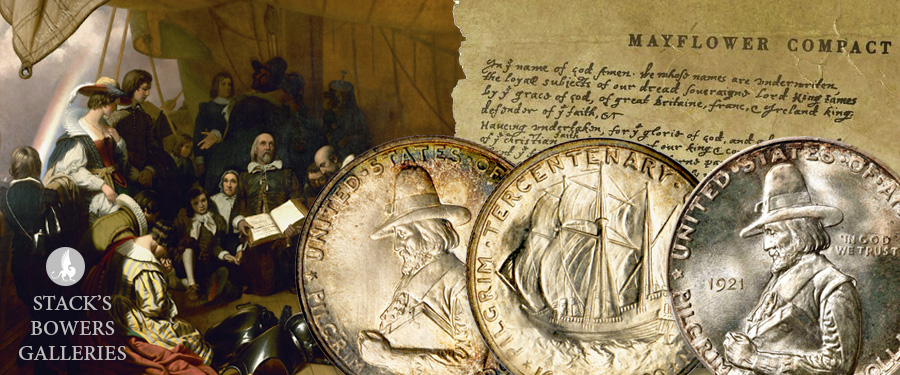
More than 400 years ago, a group of English families set sail on September 16, 1620, from Southampton, England in the Mayflower, an English ship of about 100 feet in length and about 25 feet across at her widest point. For this voyage she carried about 100 passengers (later known as the Pilgrims), about 30 crew members and supplies for the journey as well as for the settlers’ new lives in America.
The journey was a difficult one, taking more than two months before the ship finally arrived at the tip of Cape Cod (now Provincetown) on November 21, 1620. Soon after the passengers arrived in nearby Plymouth, where they founded the first permanent English settlement in New England. Unprepared for the grueling New England winter, only half the original group survived until the following spring despite the help given them by local indigenous peoples. Plymouth Colony would continue for more than 70 years, encompassing much of southeastern Massachusetts. In 1691 it was merged with the Massachusetts Bay Colony and other territories to form the Province of Massachusetts Bay.
In 1920, to celebrate the tercentenary of the the Pilgrims settling in Plymouth, a commemorative half dollar was struck featuring Governor William Bradford on the obverse and the Mayflower on the reverse. In 1921 a second version of the same 50-cent piece was issued, this time with “1621” in the field on the obverse.





